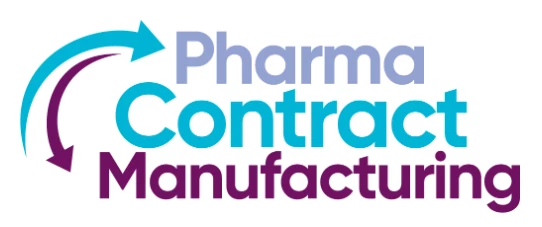eCTD Transforms Pharma
Add bookmarkThe format first became a major proposition in the US in 2008, when the Food and Drug Association's Center for Drug Evaluation and Research called for any electronic submissions to be made as eCTDs. However, the past 12 months have also seen authorities in Europe embrace the system, with the European Medicines Agency calling for firms to use the format for centralised procedure applications.
The company recently revealed that its regulatory team had successfully completed the eCTD pilot program for the health protection branch of Health Canada. According to Octagon, the completion of the trial means sponsors can use its regulatory services to generate new drug submissions – or NDSs – in the eCTD format which can then be passed on to Health Canada with a sample.
Patrick Thomas, associate director of global regulatory affairs of Octagon Research Solutions, said: "Successful completion of this pilot enables us to save our clients time and resources as they prepare to submit in eCTD format. The pilot experience also adds to our organisational understanding of the nuances of filing in the eCTD format."
In addition, Octagon's vice-president of global regulatory affairs Nancy Smerkanich said Health Canada had moved quickly in its efforts to "support acceptance and review of regulatory submissions in eCTD format".
Another company that has take steps to improve the processes it uses in relation to the system is Omnicare Clinical Research. Software provider Liquent recently confirmed that the contract research organisation has licensed one of its software-as-a-service solutions.
LiquentConnect is designed to allow organisations to create eCTD and non-electronic submissions without investing massively in their IT infrastructures. Any upgrades needed on the system – whether hardware or software – are controlled by Liquent, meaning clients have fewer concerns about investing in changes.
Omnicare claimed that the use of such a solution made more sense then investing time and money into alternatives.
Dr. Martine Dehlinger-Kremer, vice-president of global regulatory affairs for Omnicare Clinical Research, said: "LiquentConnect provides our organisation and our customers with project submission data that is safe and secure.
"Liquent provided us with a solution that is not only flexible, but one that we believe can expand to meet our needs and offer an efficient and cost-effective tool to address a variety of situations, from eCTD to NeeS to paper."
It is understandable that, with eCTD becoming so prominent in the industry, pharmaceutical companies have upped their game on their use of the format. However, is the fuss that the documentation has caused likely to continue at such levels? Quite possibly.
With both US and EU authorities now using the format, there is a strong possibility that an increasing number of regulatory updates will be made in order to tighten up and improve on existing guidelines.
In addition, as well as meeting new regulations, it is likely that many firms are still attempting to take control of some of the challenges that emerged when eCTD submissions first became so widely adopted.
Because of this, it could be key for companies to gain access to as much advice as they can get their hands on. With the format now being a global proposition, pharmaceutical companies may find such guidance is more available than they realise.
[inlinead]



















